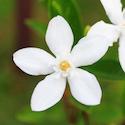Care advice
These are all articles in the sub-category Care Advice
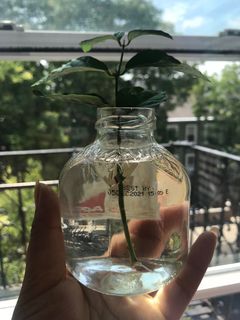
Cestrum nocturnum, aka, night blooming jasmine, belongs to the family of Solanaceae. It is also known as the nightshade or potato family of plants, mostly characterised by their intoxicating floral fragrance. Cestrum nocturnum is a sub-tropical vine, first discovered in the West Indies and named after its white or yellow, trumpet like flowers, which bloom at night and fill the air with an incredible scent. Night blooming jasmine grows in a highly invasive fashion once the growing and caring techniques are nailed down. Reason why, it is one of the most common choices for indoors decorative items and also outdoors for backyard, street isles and common urban areas. They can be pretty sensitive and delicate to care for in between seasons, such as, the winter or summer and often times people wonder how to propagate these plants.
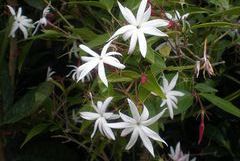
Jasminum nitidum, more commonly known as Angel wing Jasmine plant is a jasmine specie from the genus jasminum that belongs to the Oleacea family. Angel wing Jasmine is a vine native to Papua New Guinea's Admiralty Islands in the southwestern Pacific Ocean. It is an attractive and exquisite scented shrub which displays a unique type of waxy and pinwheel like flowers with an enticing fragrance. It is frequently found in urban areas or around living spaces like gardens and parks. It is used as a filler between more upright flowering shrubs, given its decorative potential. Angel wing jasmine plant is a fast growing vine that can reach the 20 meters in height. It usually displays a dark green foliage and creamy, waxy and pinwheel shaped flowers which blossom in the spring time.
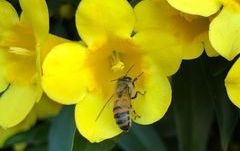
Carolina Jasmine, also known with other exquisite names, such as, Carolina jessamine, Yellow jessamine, Evening Trumpet-flower and Poor Man's Rope. Gelsemium sempervirens, it is a unique “ jasmine” type variety, with an intense sweet fragrance, vibrant yellow-flower petal tone, belonging to the genus Gelsemium from the Loganiaceae family.
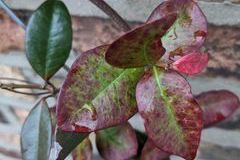
Because jasmine leaves contain natural compounds called anthocyanins, their colour can shift to red when jasmine plants are affected by various factors like cold temperatures, nutrient deficiencies, pH imbalances, fungal infections, and inadequate watering.
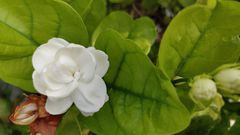
Jasminum Sambac, most commonly known as Arabian or Sambac Jasmine, is a captivating and exotic plant native of Southeast Asia belonging to the family of Oleaceae. This visually attractive plant can grow rapidly either on a vine or a shrub and it is not only characterised for the gorgeous waxy and silky flowers but also for the scent and fragrance produced by its decadent flowers. It is the national plant in the Philippines and it is one of the three national flowers in Indonesia, how amazing is this!
